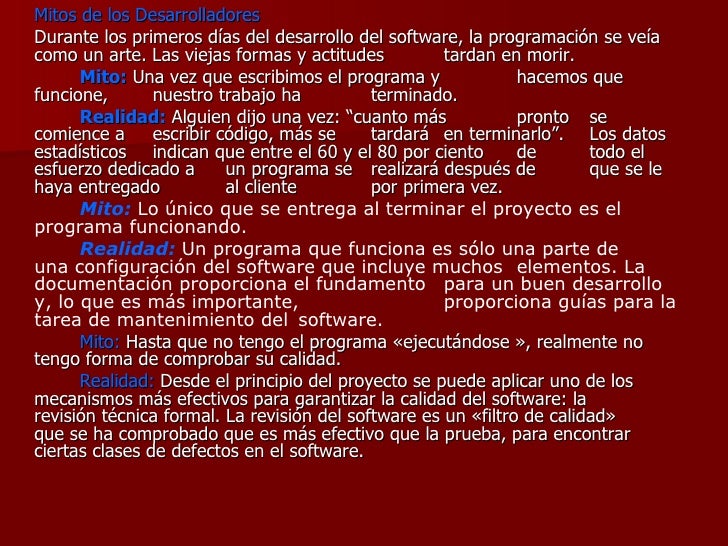Crisis Del Software Pressman

Market Crash: After its new automated supply-chain management system failed last October, leaving merchandise stuck in company warehouses, British food retailer Sainsbury’s had to hire 3000 additional clerks to stock its shelves. Have you heard the one about the disappearing warehouse? One day, it vanished—not from physical view, but from the watchful eyes of a well-known retailer’s automated distribution system. A software glitch had somehow erased the warehouse’s existence, so that goods destined for the warehouse were rerouted elsewhere, while goods at the warehouse languished. Baixar Cd Roupa Nova Acustico Vol 1 there.

Because the company was in financial trouble and had been shuttering other warehouses to save money, the employees at the “missing” warehouse kept quiet. For three years, nothing arrived or left. Employees were still getting their paychecks, however, because a different computer system handled the payroll. When the software glitch finally came to light, the merchandise in the warehouse was sold off, and upper management told employees to say nothing about the episode. This story has been floating around the information technology industry for 20-some years. It’s probably apocryphal, but for those of us in the business, it’s entirely plausible. Because episodes like this happen all the time.
Last October, for instance, the giant British food retailer J Sainsbury PLC had to write off its US $526 million investment in an automated supply-chain management system. It seems that merchandise was stuck in the company’s depots and warehouses and was not getting through to many of its stores. Sainsbury was forced to hire about 3000 additional clerks to stock its shelves manually [see photo above, “Market Crash”]. Sources: Business Week, CEO Magazine, Computerworld, InfoWeek, Fortune, The New York Times, Time, and The Wall Street Journal.*Converted to U.S. Dollars using current exchange rates as of press time.+Converted to U.S. Dollars using exchange rates for the year cited, according to the International Trade Administration, U.S. Department of Commerce.**Converted to U.S.
The aim of this subject is to introduce a selection of concepts of practical relevance to the professional practice of future engineers, and, in particular, to introduce all that which concerns the management of information systems in organisations. This subject focuses on two different approaches to reach this goal: firstly,. Crisis Del Software Pressman 10,0/10 9967votes. From millions of real job salary data. Average salary is Detailed starting salary, median salary, pay scale, bonus data report. Original Article. Neurohumoral Features of Myocardial Stunning Due to Sudden Emotional Stress. Wittstein, M.
Dollars using exchange rates for the year cited, according to the Statistical Abstract of the United States, 1996. This is only one of the latest in a long, dismal history of IT projects gone awry [see table above, “Software Hall of Shame” for other notable fiascoes]. Most IT experts agree that such failures occur far more often than they should. What’s more, the failures are universally unprejudiced: they happen in every country; to large companies and small; in commercial, nonprofit, and governmental organizations; and without regard to status or reputation. The business and societal costs of these failures—in terms of wasted taxpayer and shareholder dollars as well as investments that can’t be made—are now well into the billions of dollars a year. The problem only gets worse as IT grows ubiquitous.
This year, organizations and governments will spend an estimated $1 trillion on IT hardware, software, and services worldwide. Of the IT projects that are initiated, from 5 to 15 percent will be abandoned before or shortly after delivery as hopelessly inadequate. Many others will arrive late and over budget or require massive reworking. Few IT projects, in other words, truly succeed. The biggest tragedy is that software failure is for the most part predictable and avoidable. Unfortunately, most organizations don’t see preventing failure as an urgent matter, even though that view risks harming the organization and maybe even destroying it. Understanding why this attitude persists is not just an academic exercise; it has tremendous implications for business and society.